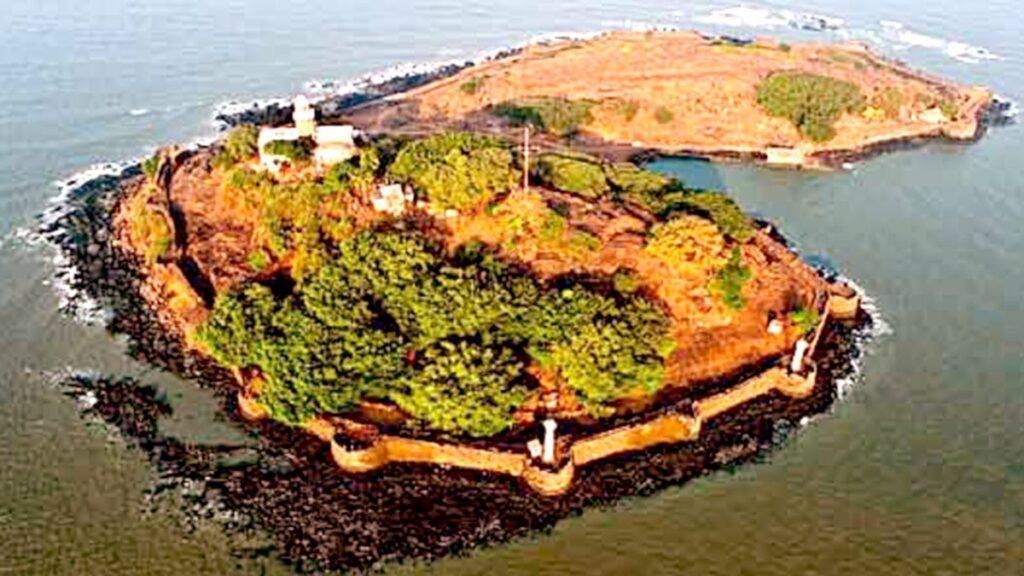Khanderi Fort Declared a State-Protected Monument

The Maharashtra government has officially declared the historic Khanderi Fort in Alibaug as a state-protected monument. This decision represents a significant shift from previous plans to develop the island, where the fort is situated, into a major tourism hotspot, as confirmed by officials on Friday.
Rich Historical Significance
The 17th-century Khanderi Fort, located on Kanhoji Angre Island, boasts a storied past dating back to the reign of Chhatrapati Shivaji Maharaj. Fortified between 1679-1680 CE, this Maratha-era fort served as a crucial naval base, defending against attacks from various foreign powers. The fort’s strategic importance and impressive architecture, including a broad fortification wall, 21 bastions, and four wells, highlight its historical value.
Shift in Development Plans
Earlier development proposals by the shipping and tourism ministries aimed to transform the island into a bustling tourist destination. These plans included introducing boat services, a hotel, and recreational areas. However, the new protection status changes the focus from commercial development to preservation and conservation.
A senior official from the Directorate of Archaeology and Museums emphasized the fort’s historical importance: “The fort is an early naval establishment of the Marathas. It holds great historic significance. It has impressive features including a broad fortification wall, 21 bastions, and four wells.”
State Protection and Future Prospects
With its new designation, Khanderi Fort joins 386 other monuments and ancient sites under state protection. This status allows the archaeological department to access funds necessary for the fort’s conservation and maintenance, which was not possible before. The official added, “We can access funds for conservation now. Additionally, we’ve nominated the site for UNESCO World Heritage status, with the UNESCO team likely to visit in September.”
The protection status ensures that the monument will be maintained according to world heritage norms. Any landowners on the island must now seek permission from the archaeology department before undertaking any construction or development projects.
Expert Opinions and Concerns
Sachin Joshi, an archaeologist at Deccan College and a member of the Maharashtra Fort Conservation Committee, welcomed the move: “As one of the forts nominated for World Heritage Site status, the protection will benefit Khanderi Fort,” reported TOI.
However, some concerns remain about the practical implementation of this protection. A city archaeologist, speaking anonymously, pointed out, “The directorate is short-staffed. It remains to be seen how effectively the fort will be protected and maintained. There are several issues in the fort’s vicinity, including instances of nearby fishermen drinking in the area and on the fort premises.”
As Khanderi Fort embarks on this new chapter under state protection, the focus will be on preserving its rich heritage while addressing the challenges of effective maintenance and conservation.







